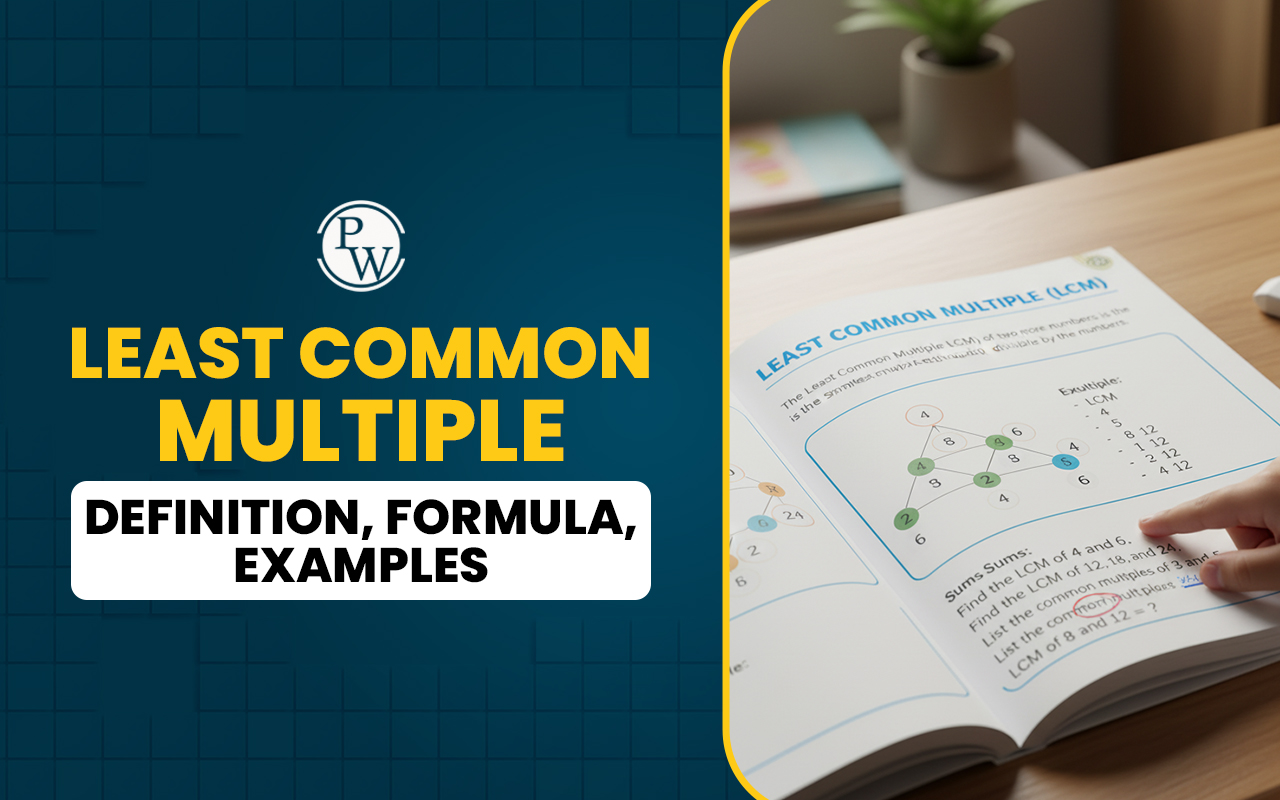
NCERT Solutions for Class 3 Maths: NCERT Solutions for Class 3 Maths provide clear and detailed answers to the problems in the NCERT textbook. These solutions help students grasp basic math concepts like addition, subtraction, multiplication, division and simple geometry.
The solutions are presented step-by-step, making it easy for students to understand and learn. By using these solutions, students can improve their problem-solving skills and build a strong math foundation. They are useful for both classroom learning and home study, helping students feel confident and well-prepared for their exams.NCERT Solutions for Class 3 Maths Overview
NCERT Solutions for Class 3 Maths made by the subject experts from Physics Wallah provide a detailed guide to the problems in the NCERT textbook. These solutions are designed to help young students grasp fundamental math concepts such as addition, subtraction, multiplication, division and basic geometry.NCERT Solutions for Class 3 Maths
| NCERT Solutions for Class 3 Maths |
| Chapter 1 Where to Look from? |
| Chapter 2 Fun with Numbers |
| Chapter 3 Give and Take |
| Chapter 4 Long and Short |
| Chapter 5 Shapes and Designs |
| Chapter 6 Fun with Give and Take |
| Chapter 7 Time Goes on |
| Chapter 8 Who Is Heavier? |
| Chapter 9 How Many Times? |
| Chapter 10 Play with Patterns |
| Chapter 11 Jugs and Mugs |
| Chapter 12 Can We Share? |
| Chapter 13 Smart Charts |
| Chapter 14 Rupees and Paise |
Benefits of NCERT Solutions for Class 3 Maths
- Clear Understanding : These solutions provide clear, step-by-step explanations for each problem, making it easier for students to understand and grasp basic math concepts.
- Concept Reinforcement : By following these solutions students can reinforce their understanding of important topics such as addition, subtraction, multiplication, division, and simple geometry.
- Improved Problem-Solving Skills : The detailed solutions help students develop their problem-solving skills by showing various methods to approach and solve math problems.
- Aligned with Curriculum : The solutions are aligned with the NCERT curriculum, ensuring that they cover all the topics and concepts included in the Class 3 Maths syllabus.
- Useful for Home Study : Students can use these solutions for effective home study, helping them to prepare for exams and understand their coursework better.
- Confidence Building : Regular practice with these solutions helps build confidence in math, making students more comfortable and prepared for classroom tests and exams.
NCERT Solutions for Class 3 Maths FAQs
How do these solutions help students?
These solutions help students by providing clear, step-by-step explanations to each problem, reinforcing understanding of concepts such as addition, subtraction, multiplication, division, and basic geometry. They also aid in developing problem-solving skills and boost confidence in math.
Are the solutions aligned with the NCERT curriculum?
Yes, the solutions are aligned with the NCERT curriculum for Class 3, ensuring that all topics and concepts covered in the textbook are addressed.
Can these solutions be used for exam preparation?
Absolutely. The solutions are a valuable resource for exam preparation, as they cover all the topics included in the Class 3 Maths syllabus, helping students review and practice effectively.
How should I use these solutions effectively?
To use the solutions effectively, students should first attempt the exercises on their own. After attempting the problems, they can refer to the solutions to check their answers and understand the correct methods for solving the problems.
Talk to a counsellorHave doubts? Our support team will be happy to assist you!

Free Learning Resources
PW Books
Notes (Class 10-12)
PW Study Materials
Notes (Class 6-9)
Ncert Solutions
Govt Exams
Class 6th to 12th Online Courses
Govt Job Exams Courses
UPSC Coaching
Defence Exam Coaching
Gate Exam Coaching
Other Exams
Know about Physics Wallah
Physics Wallah is an Indian edtech platform that provides accessible & comprehensive learning experiences to students from Class 6th to postgraduate level. We also provide extensive NCERT solutions, sample paper, NEET, JEE Mains, BITSAT previous year papers & more such resources to students. Physics Wallah also caters to over 3.5 million registered students and over 78 lakh+ Youtube subscribers with 4.8 rating on its app.
We Stand Out because
We provide students with intensive courses with India’s qualified & experienced faculties & mentors. PW strives to make the learning experience comprehensive and accessible for students of all sections of society. We believe in empowering every single student who couldn't dream of a good career in engineering and medical field earlier.
Our Key Focus Areas
Physics Wallah's main focus is to make the learning experience as economical as possible for all students. With our affordable courses like Lakshya, Udaan and Arjuna and many others, we have been able to provide a platform for lakhs of aspirants. From providing Chemistry, Maths, Physics formula to giving e-books of eminent authors like RD Sharma, RS Aggarwal and Lakhmir Singh, PW focuses on every single student's need for preparation.
What Makes Us Different
Physics Wallah strives to develop a comprehensive pedagogical structure for students, where they get a state-of-the-art learning experience with study material and resources. Apart from catering students preparing for JEE Mains and NEET, PW also provides study material for each state board like Uttar Pradesh, Bihar, and others
Copyright © 2025 Physicswallah Limited All rights reserved.
Get App









